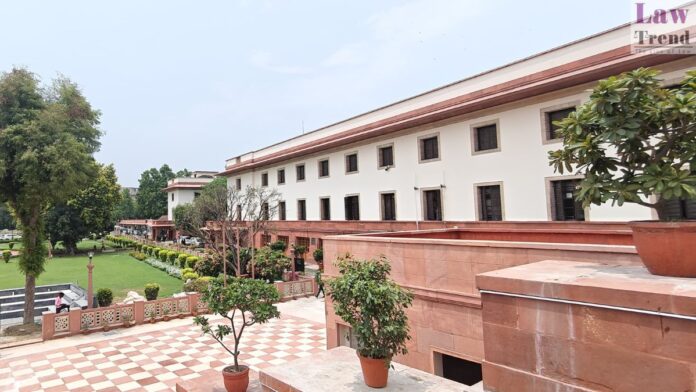The Supreme Court of India today allowed a transfer petition filed by Atomberg Technologies Private Ltd., directing that a patent infringement suit filed against it by Eureka Forbes Limited be transferred from the High Court of Delhi to the High Court of Judicature at Bombay. In a case involving competing transfer petitions, a bench comprising
To Read More Please Subscribe to VIP Membership for Unlimited Access to All the Articles, Download Available Copies of Judgments/Order, Acess to Central/State Bare Acts, Advertisement Free Content, Access to More than 4000 Legal Drafts( Readymade Editable Formats of Suits, Petitions, Writs, Legal Notices, Divorce Petitions, 138 Notices, Bail Applications etc.) in Hindi and English.




